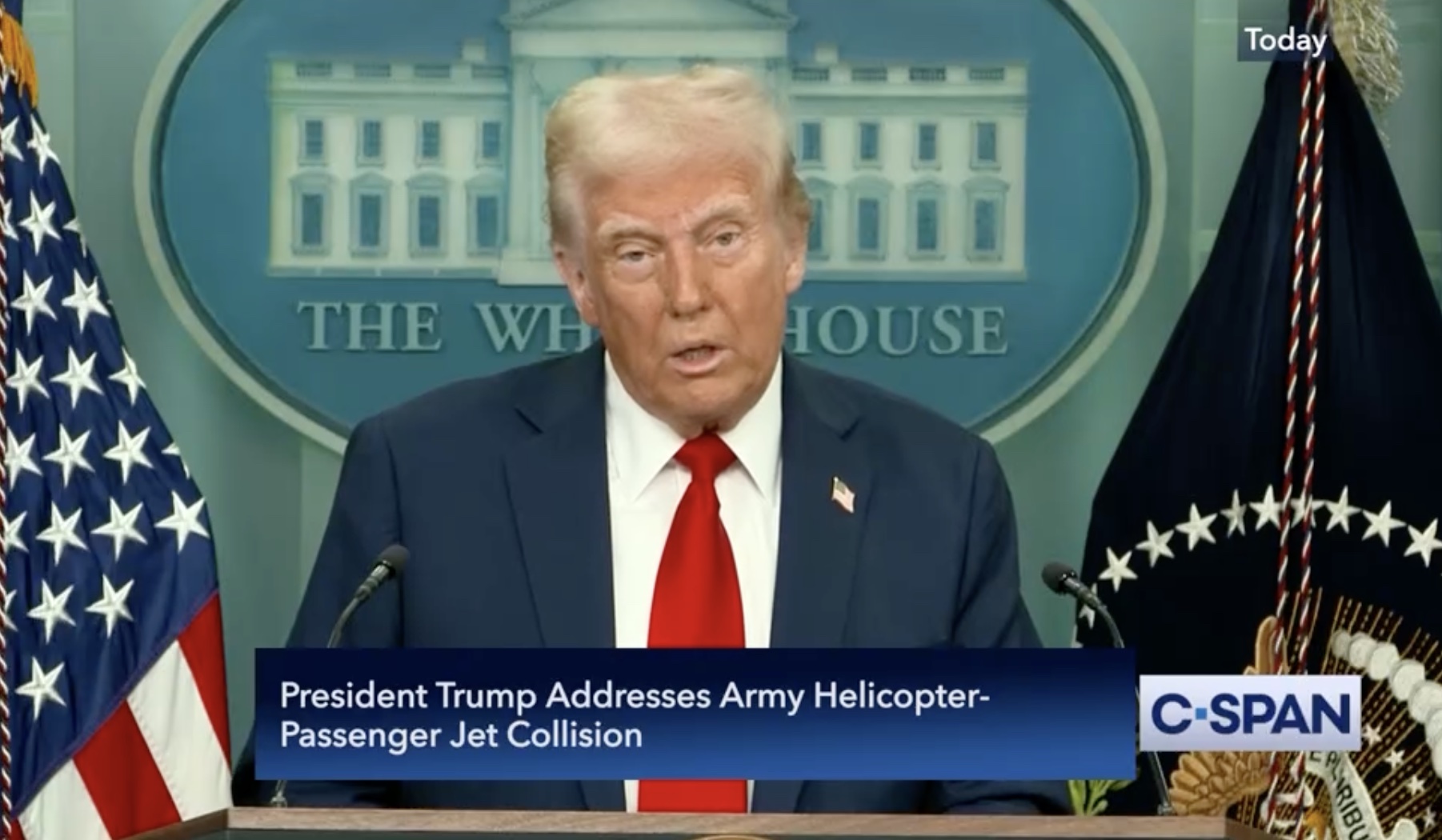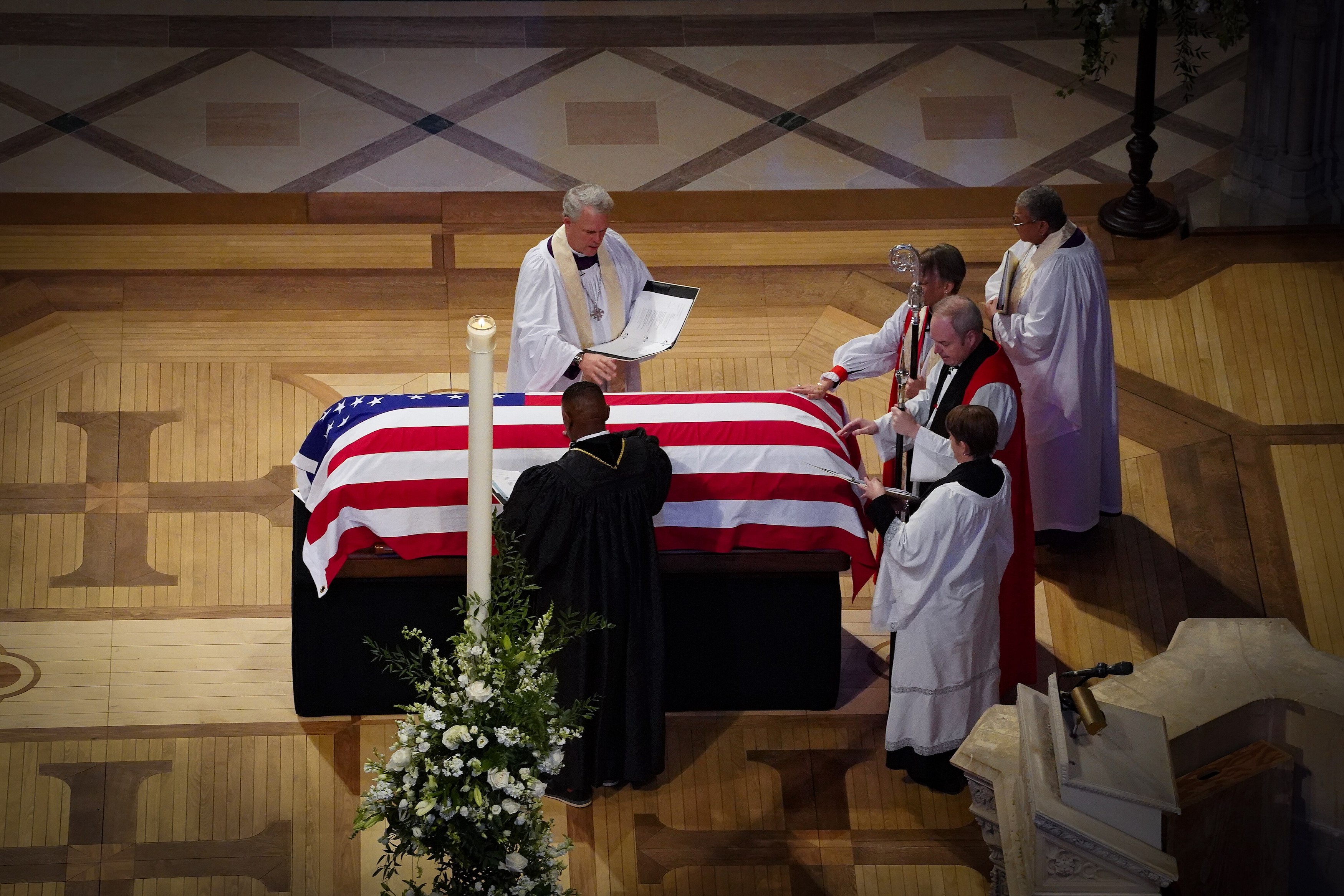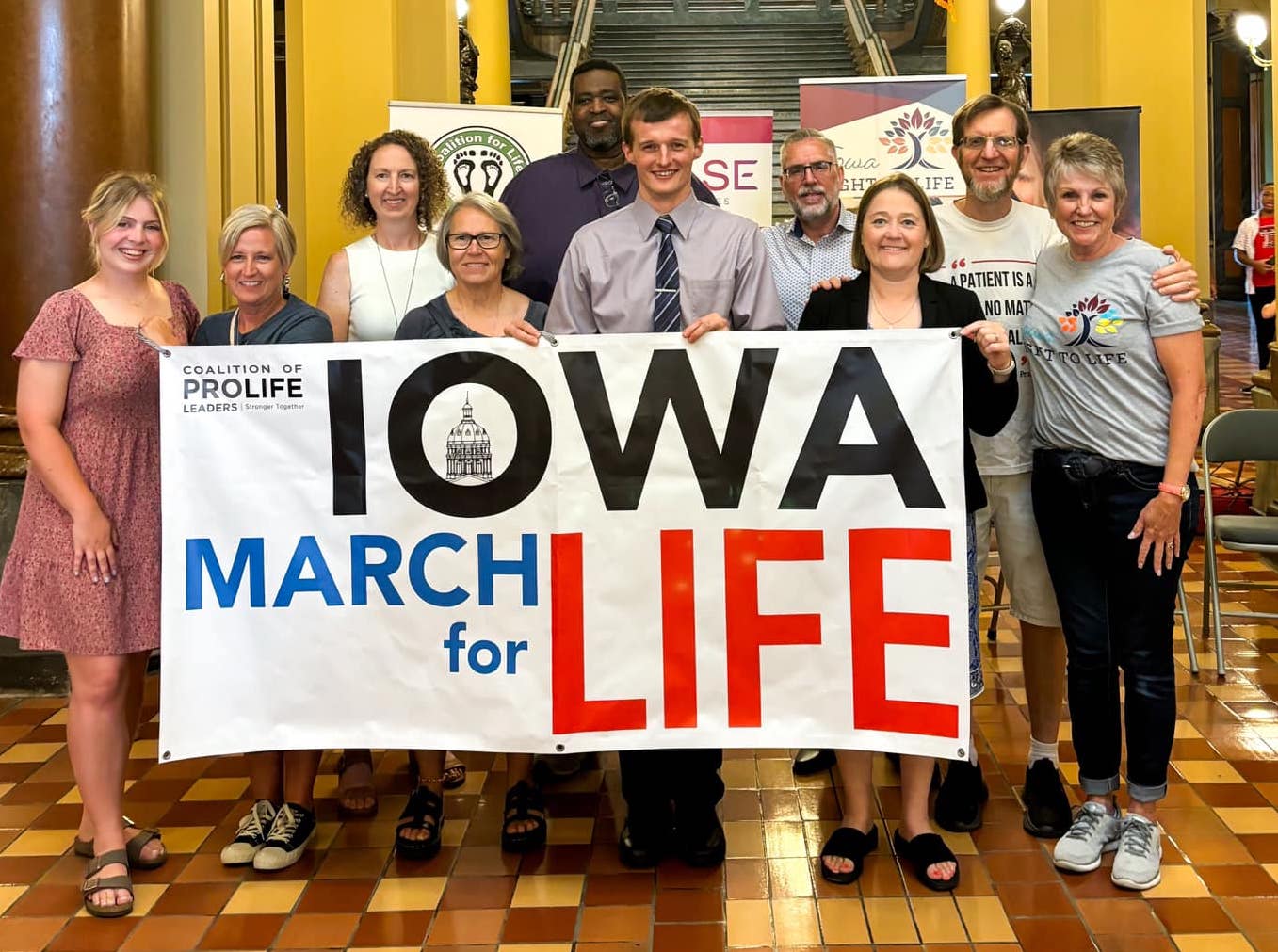John Kearney is a retired philosophy professor who taught at Saint Joseph’s University in Philadelphia, Pennsylvania. He has lived in Waterloo, Iowa for the past six years.
After twenty-eight years of distinguished service, ABC national correspondent Terry Moran is out of a job. He was recently informed that his contract with ABC will not be renewed. The network determined that Moran’s late-night post on X about White House Deputy Chief of Staff Stephen Miller violated journalistic standards.
Moran’s June 8 post described Miller as “a man who is richly endowed with the capacity for hatred. He’s a world-class hater. You can see this just by looking at him because you can see that his hatreds are his spiritual nourishment. He eats his hate.”
Continue Reading...






